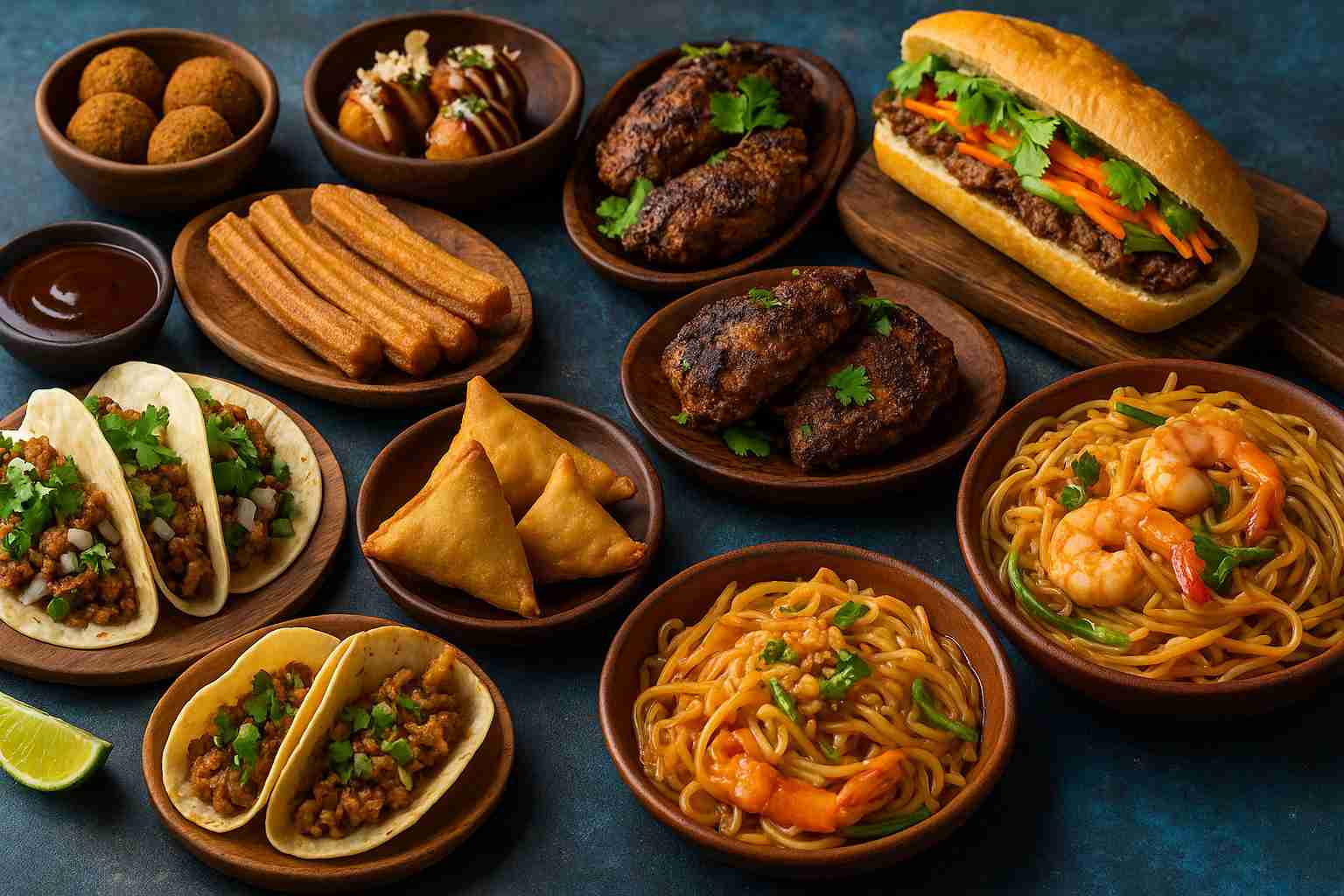Street food isn’t just about quick bites—it’s a window into the soul of a culture. These dishes carry generations of history, reflect regional ingredients, and capture the essence of everyday life. From sizzling grills to fragrant broths, each country adds its unique twist to the global tapestry of street foods. Here’s a tour across 15 countries to explore their most iconic street food experiences.
1. Tacos (Mexico)
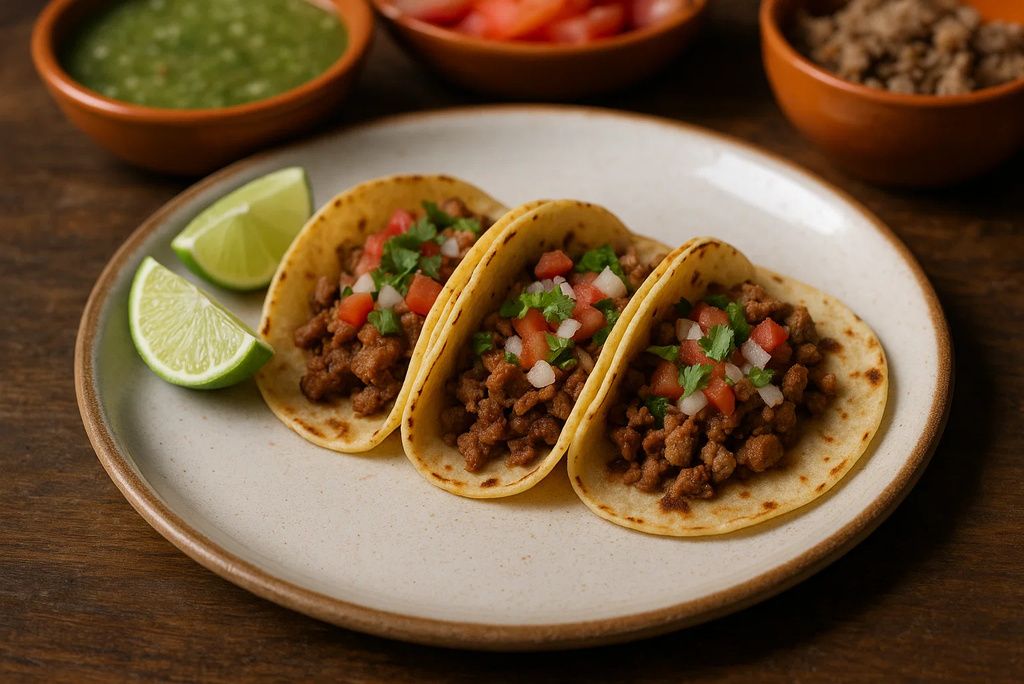
Tacos are one of Mexico’s most beloved street foods, made with soft corn or flour tortillas filled with savory meats, beans, or vegetables. Popular variations include al pastor (pork cooked on a vertical spit), carnitas, and barbacoa. Vendors often top them with fresh salsa, lime, and cilantro for a burst of flavor.
These tacos are typically enjoyed with a side of grilled jalapeños or radishes, making them both customizable and versatile. Mexican street food culture thrives in bustling markets like Mexico City’s Mercado de la Merced.
2. Banh Mi (Vietnam)
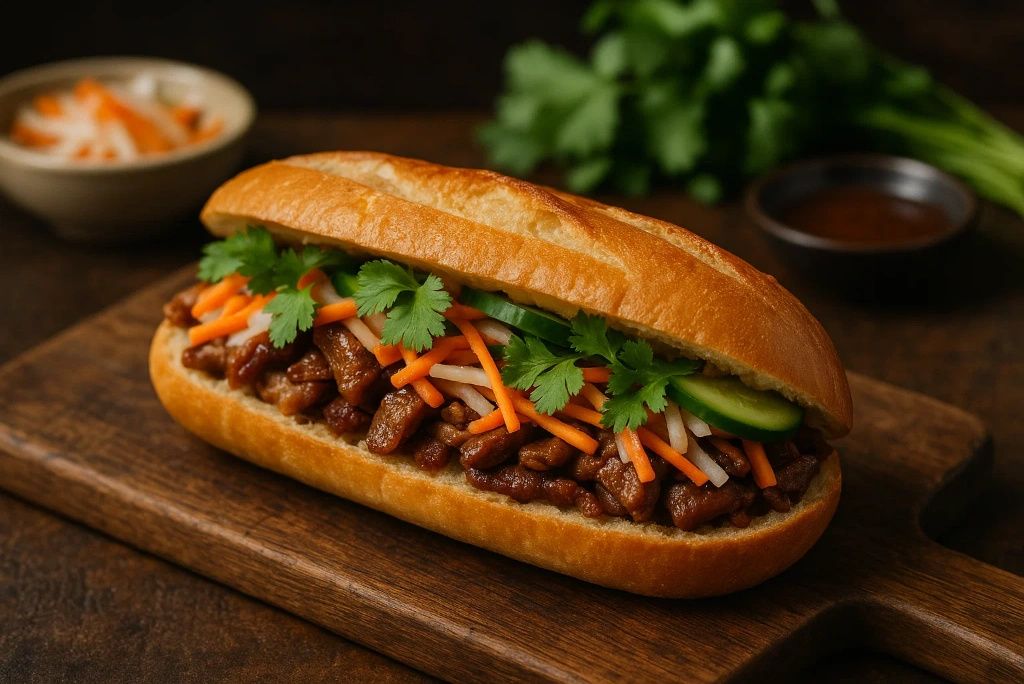
The Banh Mi is a symbol of Vietnam’s fusion of French and Vietnamese cuisine. This crusty baguette sandwich is often filled with pork, chicken, or tofu, pickled vegetables, fresh herbs, and chili sauce. Street vendors across Hanoi and Ho Chi Minh City serve countless variations, making it a daily staple for locals. Banh Mi’s accessibility, affordability, and layers of flavor make it a must-try. It’s an excellent example of colonial influence reimagined into a distinctly Vietnamese classic. (Read more on BBC Travel)
3. Churros (Spain)
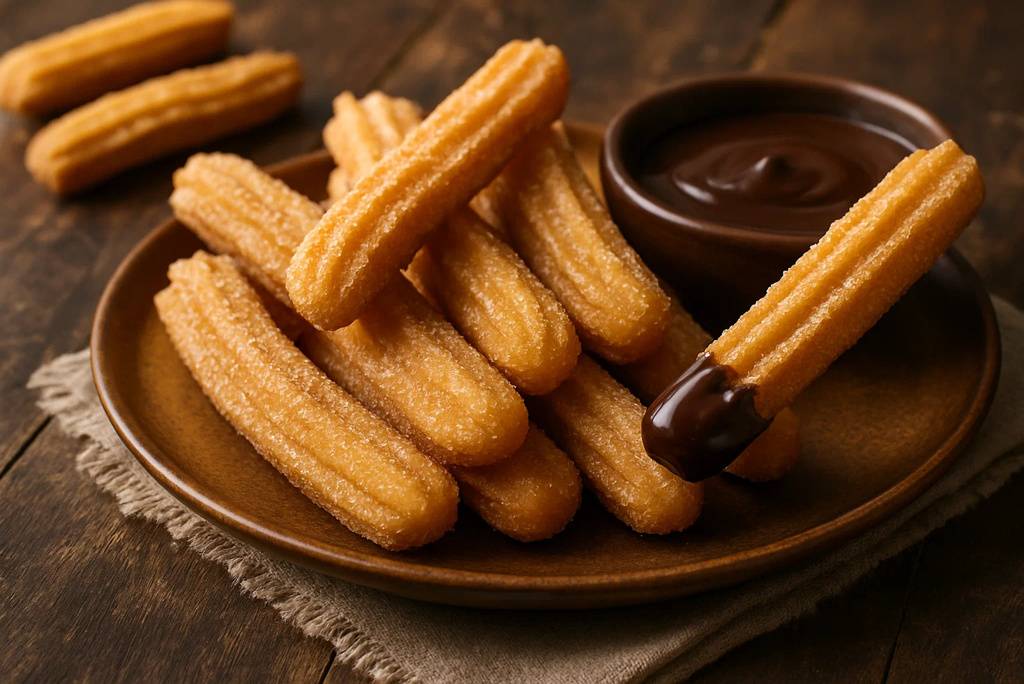
Churros are crispy, deep-fried pastries often dusted with sugar and paired with thick hot chocolate for dipping. They are a breakfast and snack-time favorite across Spain, particularly enjoyed at churrerías. While traditionally Spanish, churros have traveled worldwide, with versions in Latin America and the U.S. They represent the perfect combination of crispy texture and sweetness, appealing to both locals and tourists. In Madrid, Chocolatería San Ginés is one of the most famous spots for authentic churros. (See more on Spain.info)
4. Arepas (Colombia & Venezuela)
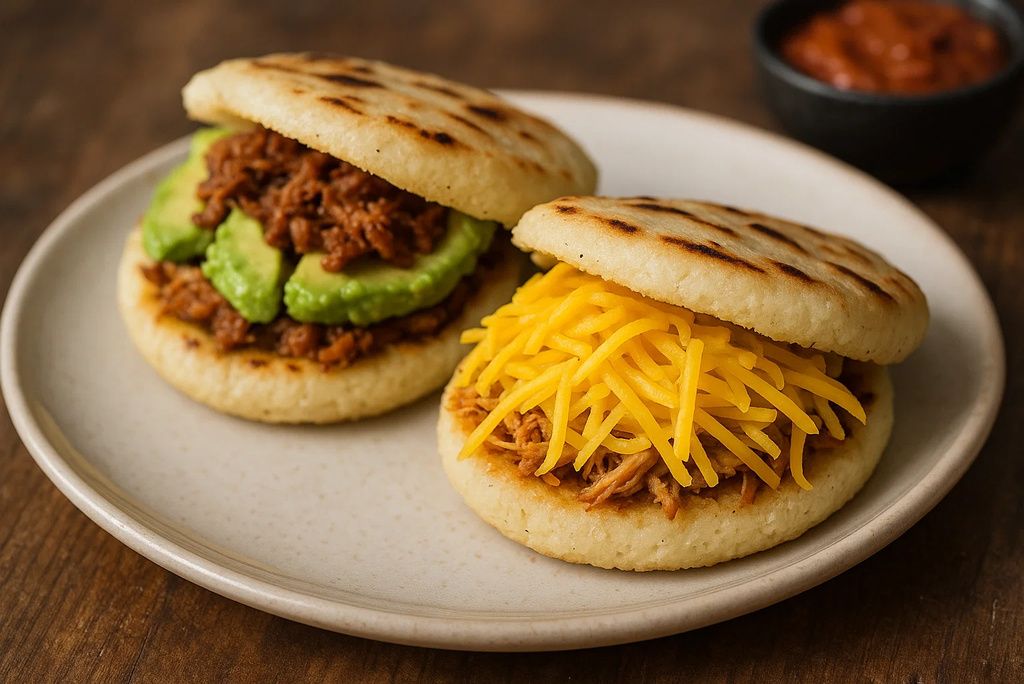
Arepas are versatile cornmeal patties stuffed with cheese, meat, eggs, or vegetables. In Colombia, they are often served for breakfast with butter or cheese, while in Venezuela, arepas are a staple for any meal, typically stuffed with fillings like shredded beef or avocado. Street vendors offer countless variations, making arepas a deeply personal food that reflects regional differences. These comforting, filling treats are a cornerstone of both countries’ culinary identity.
5. Takoyaki (Japan)

Takoyaki are savory, spherical snacks made of wheat batter filled with diced octopus, tempura scraps, and green onions, topped with mayonnaise and bonito flakes. Originating from Osaka, they are cooked in special cast-iron molds, giving them their iconic round shape. They embody Japan’s dedication to precision and flavor balance and are often enjoyed during festivals and on busy streets. Takoyaki stalls are a highlight in food districts like Osaka’s Dotonbori. (Read more at Japan Guide)
6. Poutine (Canada)
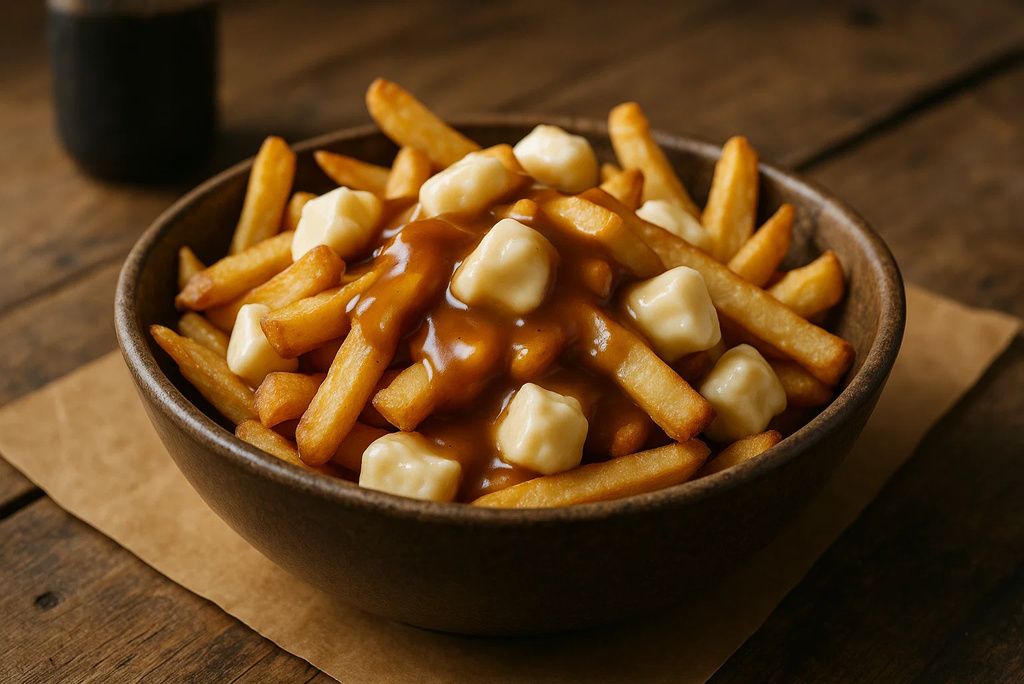
Poutine combines French fries, cheese curds, and rich brown gravy into a hearty, indulgent dish. Originating in Quebec, it has become a national favorite and is now offered in gourmet versions featuring toppings like pulled pork or truffle oil. It’s a beloved comfort food found at food trucks, diners, and even fine-dining establishments across Canada. This fusion of textures—crispy fries, gooey cheese, and savory gravy—makes poutine irresistibly satisfying. (Learn more at CBC)
7. Falafel (Middle East)
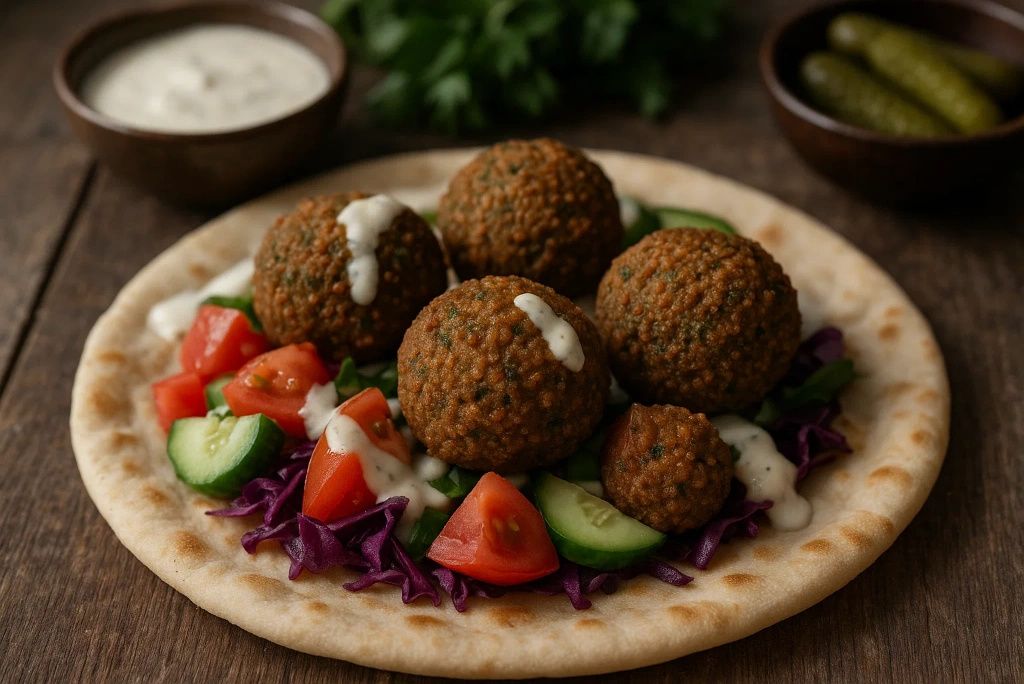
Falafel, made from ground chickpeas or fava beans blended with herbs and spices, is a vegetarian favorite across the Middle East. Served in pita bread with tahini, pickles, and fresh vegetables, it’s a filling and affordable street food. Variations exist across countries like Israel, Egypt, and Lebanon, reflecting regional spices and preparation styles. Its crisp exterior and soft interior create a texture contrast loved worldwide. (See more at Britannica)
8. Empanadas (Argentina)

Empanadas are hand-held pastries stuffed with a variety of fillings such as beef, chicken, cheese, or vegetables. They are baked or fried, making them portable and perfect for on-the-go eating. Argentine empanadas often feature spiced ground beef with hard-boiled eggs and olives, highlighting Spanish and indigenous culinary influences. They are sold at markets, bakeries, and street stalls throughout the country. (Discover more at Smithsonian Magazine)
9. Jerk Chicken (Jamaica)
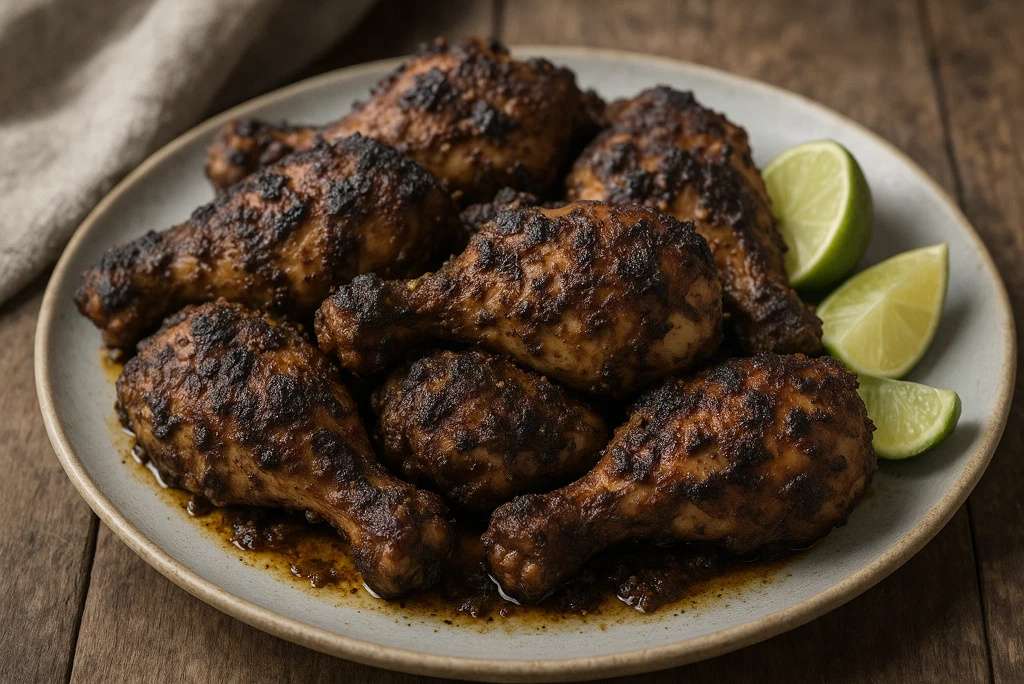
Jerk chicken is marinated in a spicy blend of Scotch bonnet peppers, allspice, thyme, and other herbs, then grilled over pimento wood for a smoky, bold flavor. It is a hallmark of Jamaican street food culture, often served with rice and peas or festival bread. This dish reflects the island’s African and Caribbean culinary heritage and has become globally recognized for its fiery taste.
10. Pierogi (Poland)
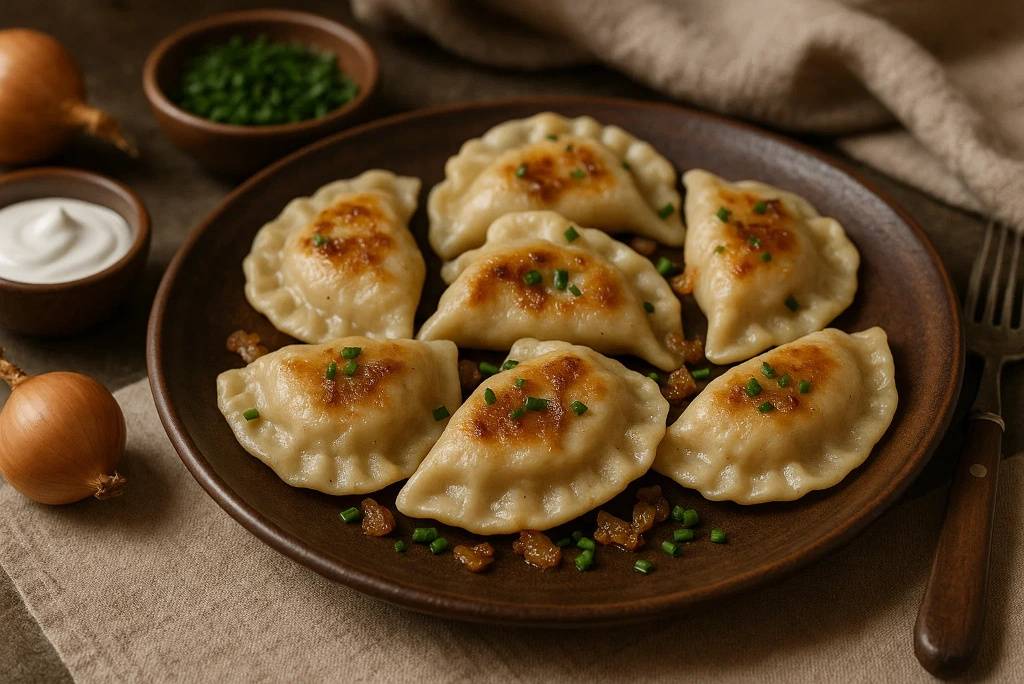
Pierogi are dumplings filled with ingredients like potatoes, cheese, meat, or mushrooms, often pan-fried or boiled. They are a comforting staple of Polish cuisine, widely sold at street fairs and markets. Pierogi festivals in cities like Krakow celebrate their cultural significance, with variations tailored to different regions. These dumplings represent Poland’s rich culinary traditions and immigrant heritage.
11. Gimbap (South Korea)

Gimbap resembles sushi rolls but is distinctly Korean, featuring rice, vegetables, and proteins like bulgogi wrapped in seaweed. It’s a popular picnic and street food, often sold in convenient portions by vendors. Unlike sushi, gimbap typically uses sesame oil instead of vinegar for its rice, giving it a nutty flavor. It represents Korea’s creativity in adapting foreign culinary concepts to local tastes. (Explore on Korea.net)
12. Ceviche (Peru)

Ceviche is a refreshing dish made with raw fish marinated in citrus juices, mixed with onions, chili peppers, and cilantro. In Peru, it’s considered a national treasure and is often sold at seaside stalls. Its bright, tangy flavor reflects the country’s coastal culture and indigenous traditions. Ceviche also offers a healthy, protein-rich street food option, balancing bold flavors with nutrition.
13. Kebabs (Turkey)
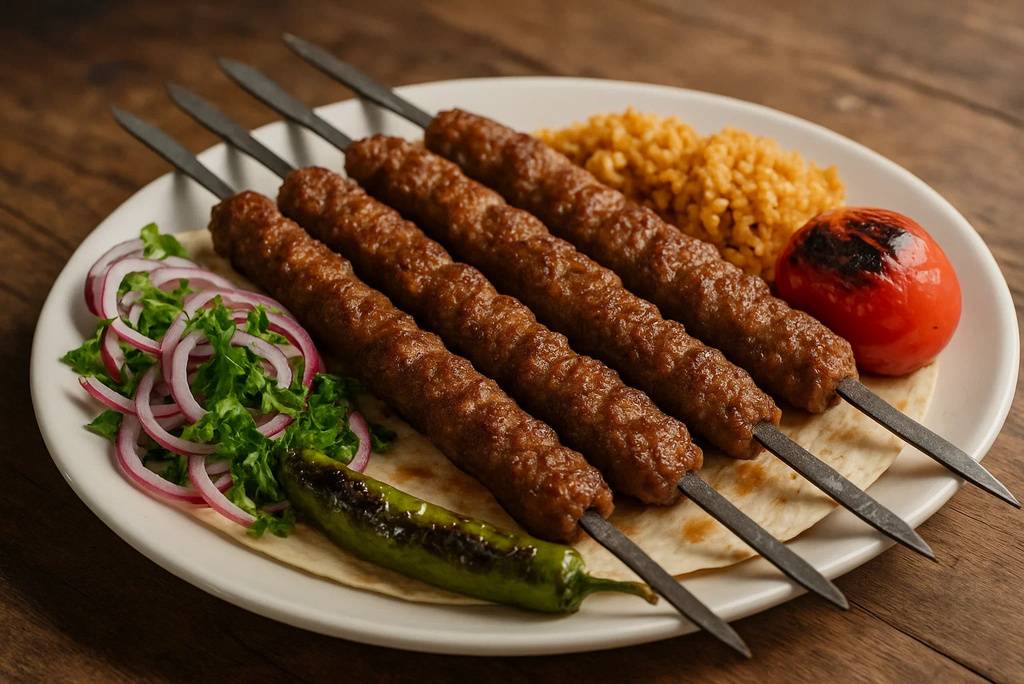
Turkish kebabs are skewered meats grilled to perfection, often served with bread, rice, or salad. Variations like döner kebab (rotisserie-style meat) are a staple of urban street food culture in Istanbul. The kebab’s origins trace back to ancient nomadic cooking, making it a deeply rooted culinary tradition. Today, it’s a global favorite, adapted across Europe and the Middle East. (Learn more at Britannica)
14. Pad Thai (Thailand)
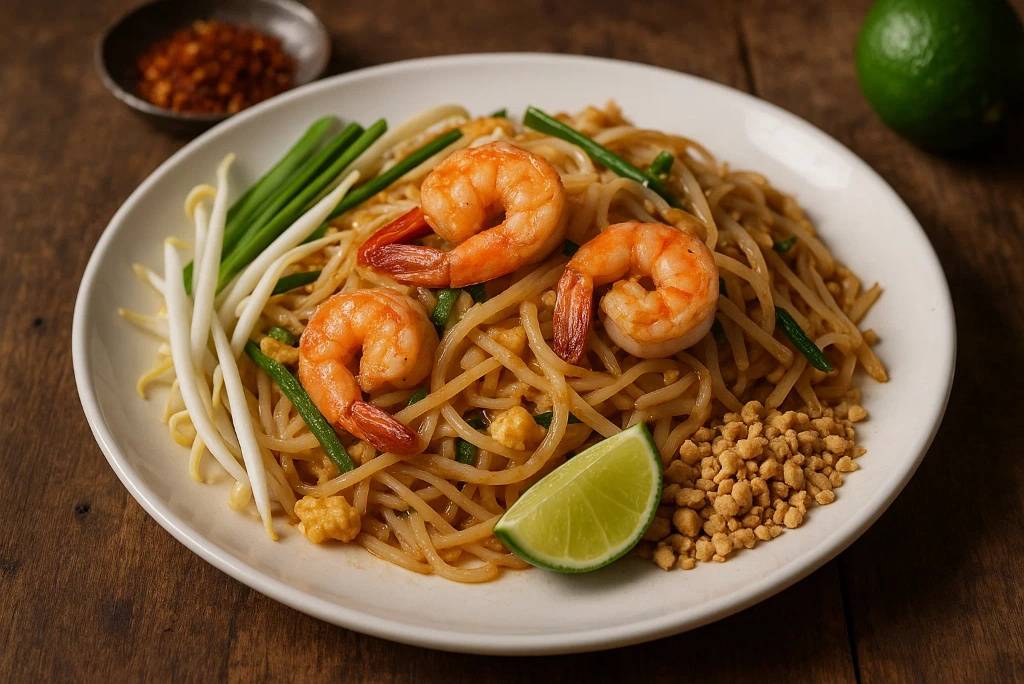
Pad Thai is a stir-fried noodle dish featuring rice noodles, tofu or shrimp, peanuts, bean sprouts, and a tamarind-based sauce. It is a quintessential Thai street food, blending sweet, sour, and salty flavors. Vendors often cook it in woks on the street, creating an aromatic and immersive experience. This dish’s versatility makes it popular among both locals and tourists, with endless ingredient variations.
15. Samosas (India)
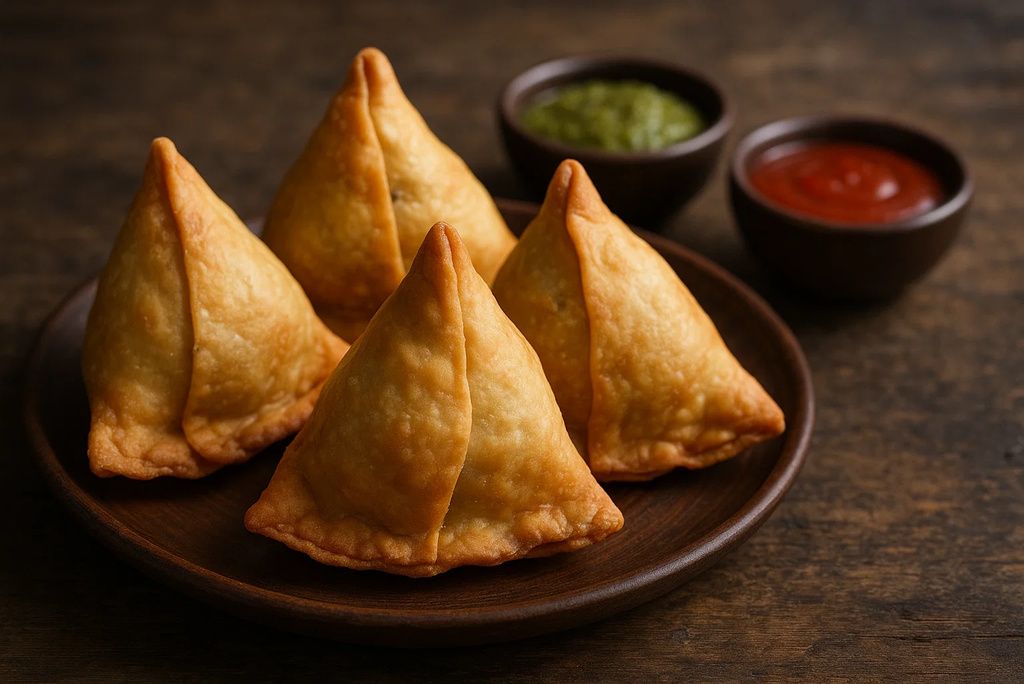
Samosas are deep-fried pastry pockets filled with spiced potatoes, peas, or minced meat. These triangular snacks are a staple across India, found in roadside stalls and tea shops. They pair perfectly with chutneys, offering a spicy, tangy, and crunchy experience. Regional variations include lamb or chicken fillings, showcasing the diversity of Indian cuisine. Their portability and bold flavors make them one of the most iconic Indian street foods.

